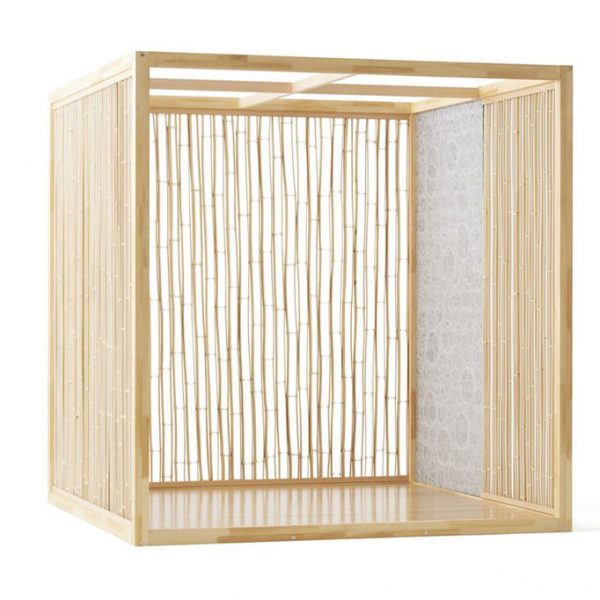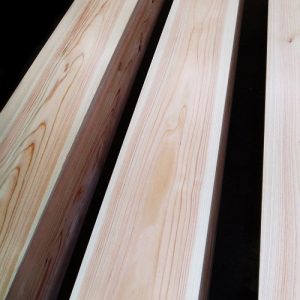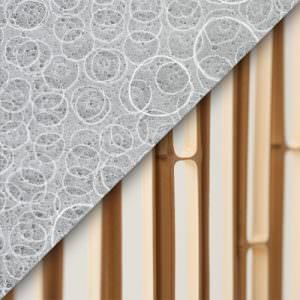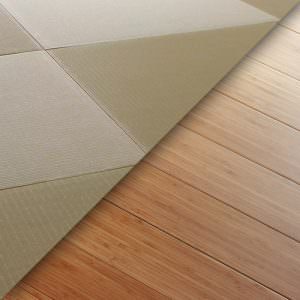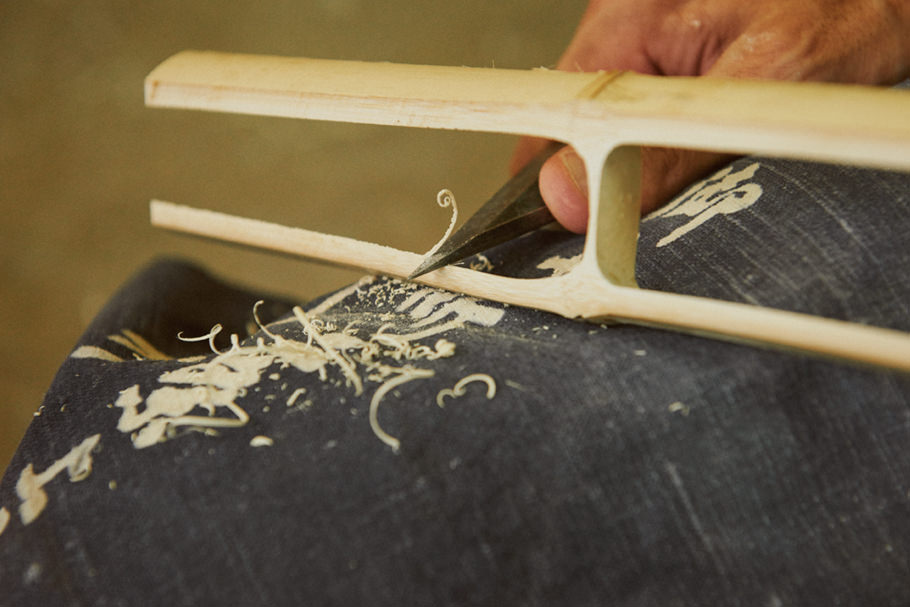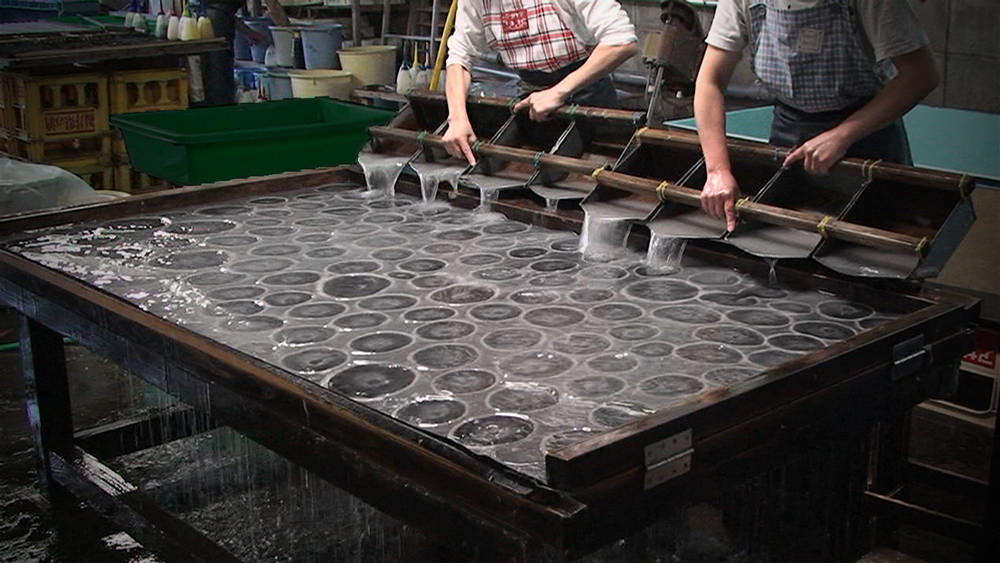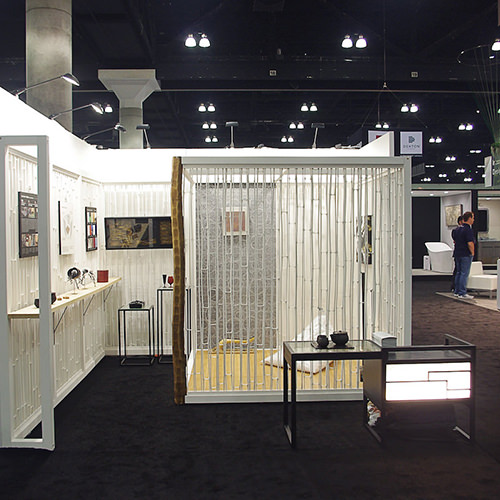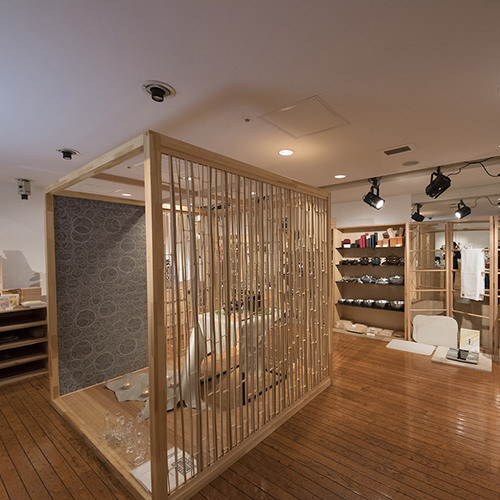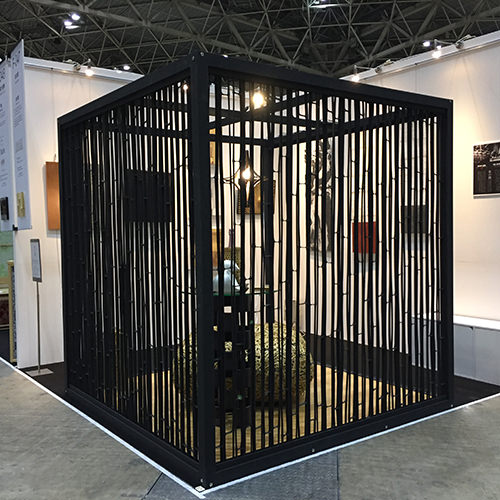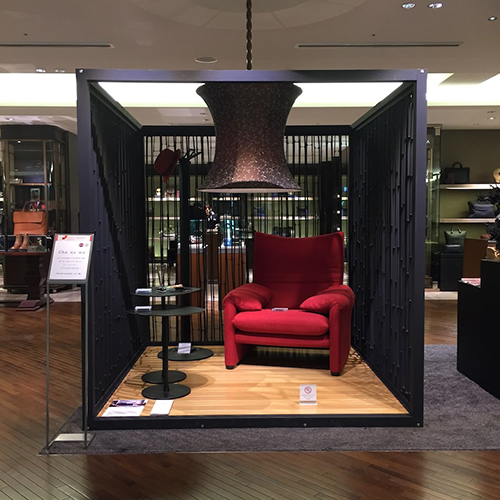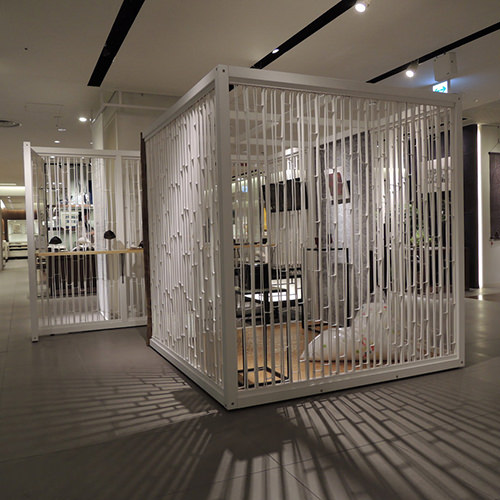A piece of furniture which creates a new space
“Cha no ma” combines the walls and floors of your choice with a prefabricated wooden frame. It is furniture that can be called a “portable Japanese-style room” and creates space. You can create a small Japanese space in your room.
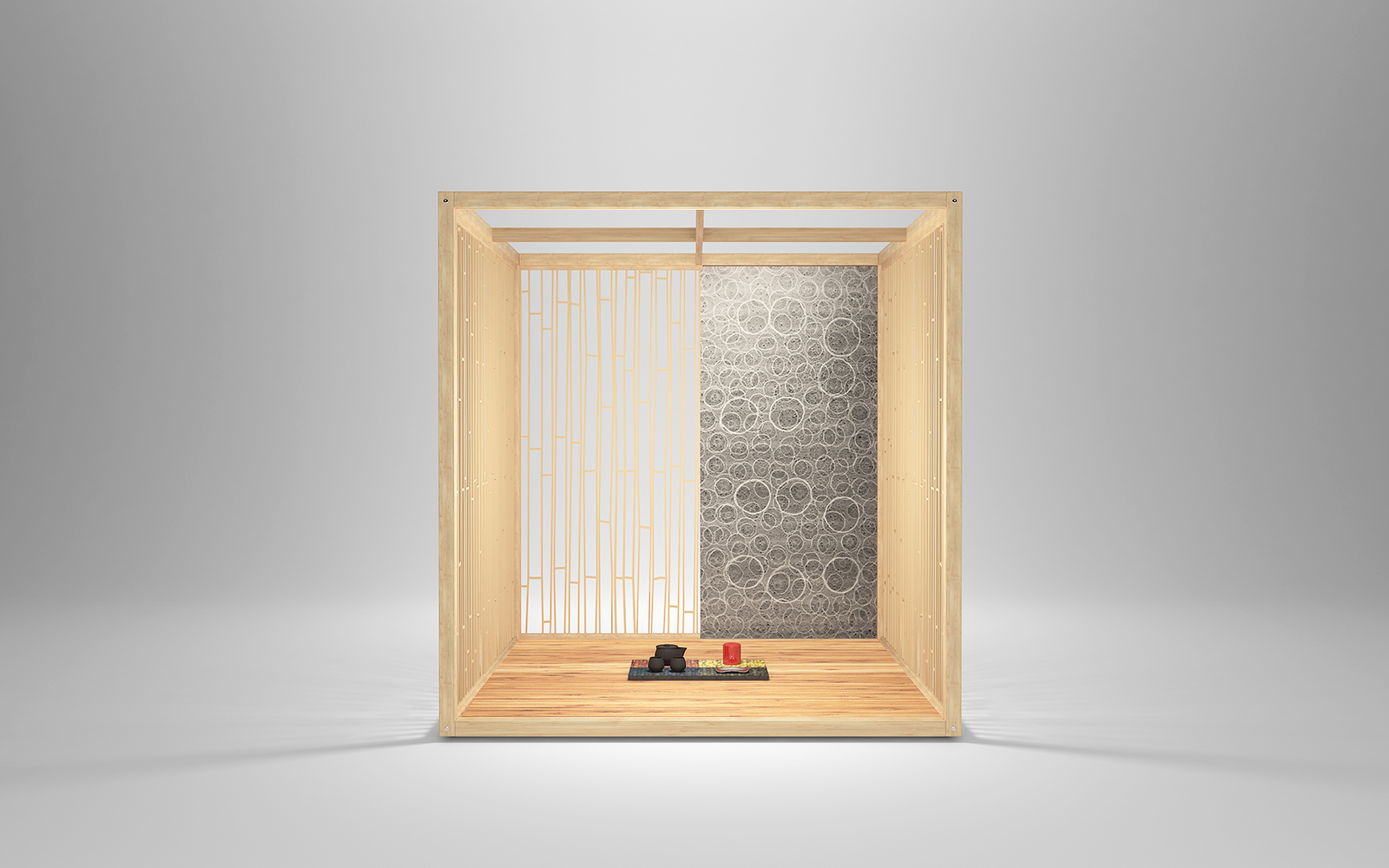
A small piece of Japan
Cha no ma is a ready to assemble modular space emphasizing traditional Japanese quiet simplicity, as typified by rituals for serving and drinking Japanese tea. This subtle and simple interior product has been developed through collaborating with traditional companies from Kyoto which has refined their skills over centuries. These companies include a 300 year old bamboo store, a 350 year old Japanese lacquer store, as well as one of the most prominent “Washi” Japanese paper makers in Japan. A Cha no ma module is built by combining a frame made of Hinoki (Japanese cypress) with hand-made Japanese paper panels and split bamboo stems for walls, inside lacquered tea utensils and artifacts are placed. It provides a space for relaxation in your home or a place of relief in commercial facilities, creating a quiet, relaxing environment wherever it is located, a room within a room. Setting it up takes only about 30 minutes. Spend some time in Cha no ma and you will find a small piece of Japan entirely dedicated to you.
Looking to the future
While an increasing number of people express their grave concern over the recent trend of mass production and mass consumption, it is also true that products made of traditional materials through long-established processes are seen less and less in our everyday lives. However, at the same time, the number of foreign people interested in Japanese traditional culture such as the tea ceremony, calligraphy and flower arranging has been on the rise. In order to grab this opportunity, we propose to promote the sale of traditional Japanese materials in the form of “Cha no ma” to architectural firms and interior industries in Europe and the U.S. Not only focusing on single materials such as bamboo and Japanese paper, we endeavor to market a modular space consisting of traditional Japanese materials to help revitalize all artisans based in Kyoto through our project. Wishing to ensure the passing down of artisan culture fostered through a thousand-year history of Kyoto to future generations, we are determined to fill spaces in the world with Cha no ma, creating comfortable and pleasant environments.
Details
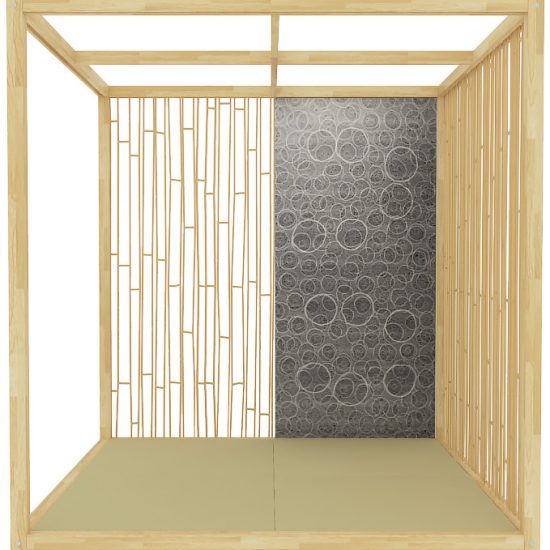
Cha no ma standard model details
Size: W192×D192×H201.5㎝
Frame: Hinoki (Japanese cypress)
Wall bamboo material: Masawari bamboo 45 pieces (1.5 sides)
Wall panel: Washi panel (rakusui pattern)
Floor: Bamboo floor / Tatami mat
Required time: 1 hour
Tools: Hex wrench
Materials
Wooden frame
Hinoki (Japanese cypress) is one of the most elegant types of wood in Japan. It is a slow-growing tree, with beautiful green, glossy leaves, grown for its high-quality timber. Hinioki wood is extremely smooth, has a beautiful white- slightly reddish colour, and a unique, mild scent. It is light, strong, durable and beautiful, and therefore more and more appreciated as a material worldwide. The oldest wooden structure known to date, the Horyuji Temple, is made of Hinoki wood and still standing strong 1400 years after its construction.
Wall materials
Masawari is technique where the bamboo is split to make vertical slides. The horizontal lines from the nodes creates a unique rhythmic pattern born from nature. Washi (和紙) is traditional Japanese paper. The word “washi” comes from wa meaning ‘Japanese’ and shi meaning ‘paper’. The term is used to describe paper that uses local fiber, processed by hand and made in the traditional manner. The rakusui pattern is created by splashing water upon the Washi paper before drying. Both materials provide moderate space division.
Flooring
You can choose from simple bamboo flooring that fits well in rooms with various interiors, and tatami mats that can easily direct a Japanese space. Bamboo has a unobtrusive sense of texture, which is effective for directing a modern and simple space. Tatami mats are a traditional flooring unique to Japan. It’s made out of rush and cloth. The rush is woven in, and the cloth is used to cover the woven ends. Tatami mats help to clean the air by absorbing nitrogen dioxide in the room. They are also absorbing moisture during periods of high humidity and naturally discharging the moisture when the air is dry.
Production
Takemata Nakagawa Takezaiten
By constantly dedicating ourselves to fulfilling customer wishes to the fullest extent possible and continually handing down traditional techniques for more than 300 years, we have pursued the design, production and installation of everything from daily-use implements and accessories to bamboo garden fences. Today, we make full use of Kyo-meichiku (Genuine Kyoto Bamboo) as well as innovative approaches combined with techniques passed down from TAKEMATA artisans of past generations as we propose and create bamboo products designed to harmonize with contemporary lifestyles.
Washilife Co.,Ltd.
With “The beauty of Japan is a graceful beauty” as a concept, considering how to make Washi a commonplace in our lives once again, we present a Washi MADE IN JAPAN promoting a richer lifestyle. We offer a wide variety of factory and handmade Washi from all over Japan. Using traditional techniques and craftsmen with modern techniques, taking advantage of the tradition and innovation that is Japan to create the best products possible to make our daily life a richer experience. Japan. Using traditional techniques and craftsmen with modern techniques, taking advantage of the tradition and innovation that is Japan to create the best products possible to make our daily life a richer experience.
Examples
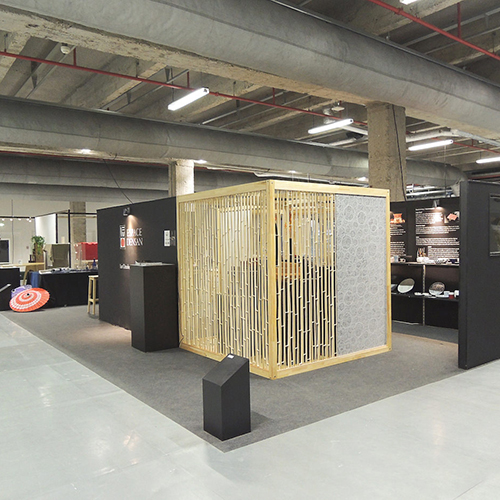
Cha no ma – Paris Design Week 2016
- Cha no ma

Cha no ma – Bamboo expo 2016
- Cha no ma
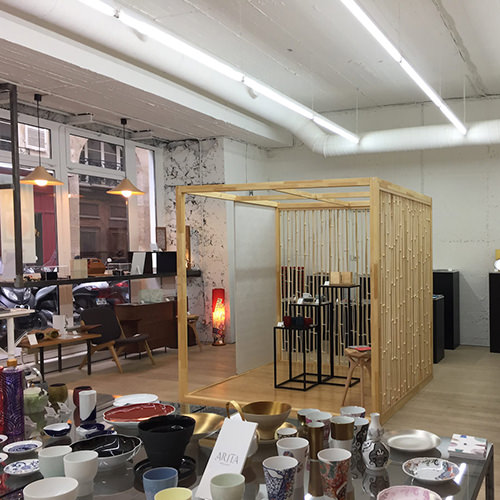
Cha no ma – Maison Wa
- Cha no ma
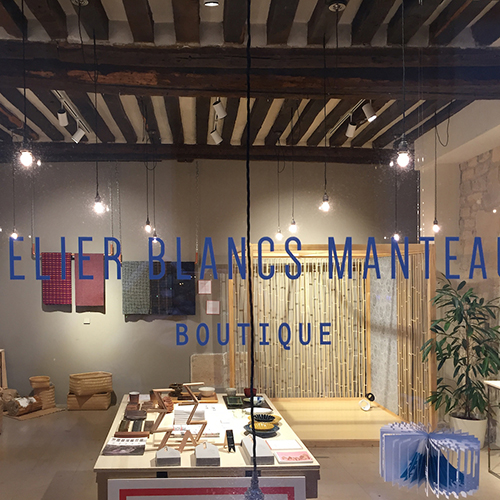
Cha no ma – Blancs Manteaux
- Cha no ma
Orders & Inquiries
